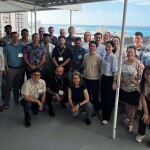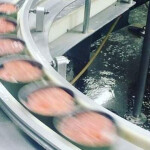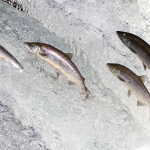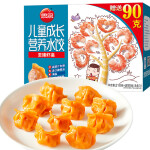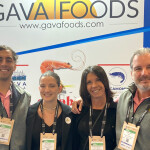It seems as though the Vietnamese government’s decision at the end of last year to delay implementation of the regulation to limit glazing and humidity (added water) levels on pangasius exports could hit sales to the EU hard.
In mid-November, a leading Dutch newspaper Telegraaf picked up on a television program shown in the Netherlands in which it was claimed that pangasius fillets imported from Vietnam on sale in Dutch supermarkets were found to contain up to 30 percent water.
Comments from 140 consumers who had purchased pangasius reacting to the article ranged from “nothing you would eat” to something that cannot be politely translated into English.
As reported in SeafoodSource on 6 January, pangasius exporters had objected to the regulation, Decree No. 36, which was due to come into force on 1 January, saying it would cost them business.
Decree 36 would have restricted glazing on frozen pangasius fillets, to no more than 10 percent and humidity to 83 percent of the product weight. As a result of their petition, the introduction of the regulation was postponed for a year.
While the exporters agreed that these restrictions would help to increase the quality and image of Vietnam’s pangasius abroad, they said they wanted more time to measure the impact on their customers. They were adding water to the fish in order to meet their customers’ requirements for prices below the then quoted USD 3.40 (EUR 3.18) per kilogram.
As it is prices have dropped like a stone. Midway through last month, the price for IQF pangasius fillets with just 5 percent “protective glaze” was USD 2.85 (EUR 2.66) per kilogram landed (CnF).
However, although importers are driving prices down at the behest of their customers, they do need to sell what they do import and this means not antagonising consumers. While low prices are a big attraction, pangasius has to compete on quality terms with other fish such as tilapia and cheap marine white fish species, otherwise consumers will stop buying it, which what is now happening in the Netherlands.
The Vietnam Association of Seafood Exports and Producers (VASEP) fully realises that the Vietnamese pangasius industry needs what it calls “an image makeover,” indeed it has recognised this for some time. However, this need is becoming ever more urgent since the value of the country’s pangasius exports is now declining after years of solid growth.
According to a recent report in Vietnam News Daily, pangasius exports increased in value by two to three times every year between 2002 and 2009, but the export value growth was unchanged in 2010 and started dropping from 2011. The total export value of pangasius reached USD 1.70 billion (EUR 1.59 billion) in 2014, a slight increase of 0.4 percent against 2013.
Slight growth is expected to continue with Vietnam’s pangasius exports in 2015 expected to total between USD 1.75 billion and USD 1.85 billion (EUR 1.63 billion to 1.1.73 billion) in value.
Of more relevance to processors is that the average export price for pangasius products stood at USD 3.11 (EUR 2.90) per kilogram in 2002, but is presently between USD 2.10 (EUR 1.96) and USD 2.30 (EUR 2.15). A few years later VASEP was talking of a minimum CnF price into Europe of USD 3.00 (EUR 2.80) per kilogram, but this has never been achieved.
One industry insider believes that the Vietnamese government is largely to blame for the bad reputation pangasius is acquiring in the Netherlands and, indeed, in the rest of continental Europe. “If the Vietnamese authorities would issue their law that the fish must have a minimum of 85 percent fish and not more than 10 percent glaze that has been postponed, the problem would be tackled.”
This insider also believes that the European Commission could, and should, also act. “If the European Commission would rule on this and destroy all imported pangasius containing excess water, the problem would go away today. Neither is happening and a disaster is ready to hit the pangasius industry soon.”
The only bright note in the EU for pangasius is the UK, which is accepting more and more fish. However, there could be certain reasons for this. First of all, the fish is never called pangasius, although the Latin name for the species, usually Pangasius hypophthalmus, does appear on labels. And of course it is much cheaper than other “white” fish.
A major Sainsbury’s outlet was selling “ASC smoked dyed river cobbler” for GBP 10.00 (USD 15.3, EUR 15.24) per kilogram last week. Processed in the UK from pangasius imported from Vietnam, the taste was perfectly acceptable.
On hearing this, the response from Vietnamese contacts was: “The price is absurd. There is a lot of money made in this still, but not in Vietnam!”

